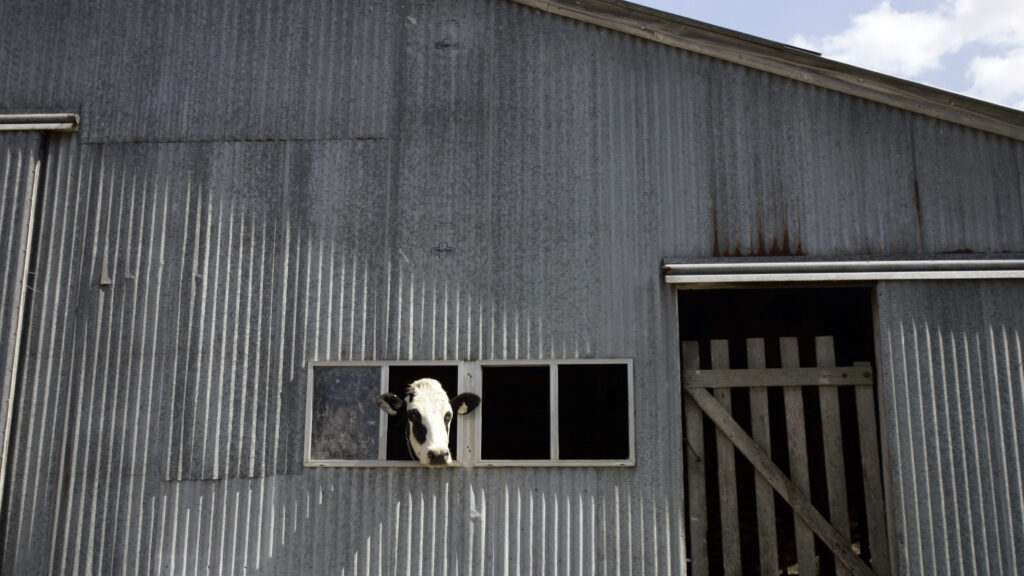A second health worker who cared for a person hospitalized in Missouri with H5N1 bird flu developed mild respiratory symptoms but was not tested for influenza, the Centers for Disease Control and Prevention reported on Friday.
The CDC said Missouri health officials didn’t learn that the health worker had symptoms until after the individual had recovered, too late to run a diagnostic test.
advertisement
This makes the second time that possible cases associated with the confirmed case have come to light well after the fact. Last week it was disclosed that a household contact of the confirmed case and a health worker who had cared for the individual while he or she was in hospital had also been ill. That first health worker tested negative for influenza.
In the case of the household contact, the person became ill the same day as the confirmed case, which all but rules out the possibility of person-to-person spread of the virus between these two people. Instead, it suggests that if indeed the second person was also infected with H5N1, he or she had the same exposure to the virus as the confirmed case.
It is still not known how that individual contracted H5N1. Although a number of U.S. states have seen the virus spread among cows, Missouri has not reported any infected dairy cattle, or any recent poultry outbreaks involving the virus.
advertisement
The Missouri individual was hospitalized on Aug. 22, though the case was only reported publicly on Sept. 6, after the person had been released from hospital and had recovered.
STAT tried to contact Missouri’s Department of Health and Senior Services several times over the past week to ask about the status of its investigation into this case. Late Friday, after the first version of this article was published, the agency provided a response.
“The investigation is ongoing and health care workers that may have had contact with the case have been identified and are in the process of being followed up with,” department spokesperson Lisa Cox said in an email.
Missouri is conducting the investigation. The CDC can only send its disease investigators if invited by a state, and Missouri has not issued an invitation.
The CDC reported on the new health care worker in an influenza “spotlight” that was posted on its website on Friday.
The update revealed that Missouri has collected blood samples from both the confirmed case and the household contact. Those samples will be used for what’s known as serological testing — looking for antibodies that could confirm previous infection with H5N1 bird flu. The samples are being sent to the CDC for analysis.
The CDC said that the newly identified health worker will also be asked to submit a blood sample for testing.
Michael Osterholm, director of the University of Minnesota’s Center for Infectious Diseases Research and Policy, said there could be another explanation for this health care worker’s illness. At the time the confirmed case was in hospital, there was a lot of respiratory illness, including high levels of Covid-19 activity.
“We’ll have to see what the serology shows,” Osterholm said.
This news emerged as California announced it had found seven more infected dairy herds, bringing the number of affected farms in the state to 17, and the cumulative number of infected herds in the country to 215 in 14 states. The outbreak in cattle was first confirmed in late March.
advertisement
Determining how widespread the virus is in dairy herds is a challenge because many farmers have resisted testing their animals, seeing no upside to having their operations tied to the outbreak. Some, though, took and stored samples from ill cows earlier in the outbreak and have submitted them for testing only recently, after a federal program that compensates farmers for milk production losses went into effect. At least seven herds have been retrospectively confirmed in this way.
Fourteen human cases have been detected so far this year, four involving farmworkers who worked with cattle, nine in people who worked at culling infected poultry, and the Missouri case. There have been multiple reports of symptomatic workers who have not been tested, and there is a widespread belief that the 14 confirmed cases represent only part of the human infection picture. In an effort to flesh out that issue, the CDC and the Ohio Department of Health are conducting a serological survey of veterinarians and other veterinary professions, taking advantage of a gathering of these professions at the recent annual conference of the American Association of Bovine Practitioners in Columbus, Ohio. Blood samples and questionnaires were collected from about 150 veterinarians and others from 45 states who work with cows. The goal is to see if there were any undetected infections among these individuals.
This article was updated with comment from the Missouri Department of Health and Senior Services

